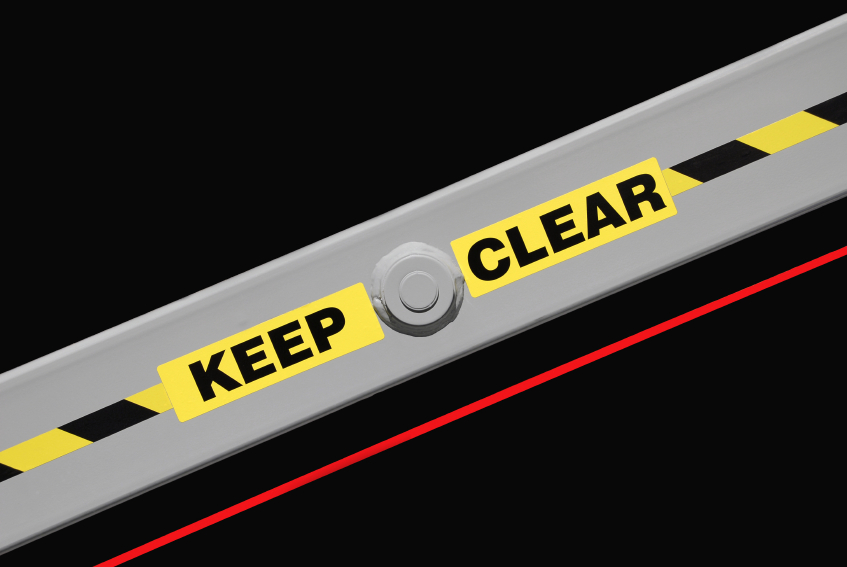
|
Each year, more than 200,000 American workers suffer cuts, lacerations and amputations from operating parts of dangerous machinery. Investigators often find that machines lack adequate safety mechanisms. Machine hazards continue to be among the most frequently cited by OSHA.
Machine Injury Hazards
Machines can cause injuries, including amputations, when workers are:
- Caught in—and cut, crushed, or mangled by—moving parts;
- Pinned or crushed by a machine that vibrates, “walks,” or falls over;
- Shocked or electrocuted by contact with live electrical parts; or
- Hit by materials or debris ejected by the machine.
Machine Guarding Methods
There are two primary safeguarding techniques: hard guards and safeguarding devices. Hard guards present a physical barrier, while safeguarding devices either prevent or detect operator contact with the hazard.
Join us on Thursday August 20, for our in-depth webinar, Protecting Employees from Energized Equipment: Strategies for Effective Lockout Tagout and Machine-Guarding Programs
Hard guards are considered preferable because they actually prevent contact. Types include fixed guards that prevent an operator from reaching a danger area, adjustable barriers that can be changed for various operations, self-adjusting guards that move according to the size of the stock, and interlocking barrier guards that shut or disengage when the guard is open.
Hard guards are placed between workers and the machine’s:
- Points of operation, where work is performed or material is processed;
- Ingoing nip points, where moving parts contact or come close to other parts;
- Sharp edges, blades and cutting parts;
- Rotating parts, including feeds, rollers, grinding wheels, or circular blades; or
- Pinch points and other moving parts.
LOTO and machine guarding are consistently on OSHA’s top 10 violations list, so taking a proactive approach puts you in better position to minimize citations during inspections. Click here to learn more!
Machine safeguards are controls engineered to prevent inadvertent access to hazardous areas. Examples include:
- Restraint devices, such as those that connect to an operator’s wrists and a fixed anchor point, limiting the reach of the hands during operation.
- Presence-sensing devices that stop operation when a sensory field is disturbed.
- Two-hand controls that require continued use of both hands so that neither can enter the hazard zone.
OSHA permits machine safeguards to be used in place of guards, or as supplements when guards are not sufficient, to enclose the hazard. They work by:
- Preventing operation if a hand or other body part is placed in the danger zone;
- Restraining or withdrawing hands from the danger area during operation;
- Requiring the use of two hands on the controls; or
- Providing a barrier that is synchronized with the operating cycle to prevent entry to the danger area during hazardous tasks.
Tomorrow, we’ll look at the second amputation that occurred in Georgia, and how it could have been prevented.
